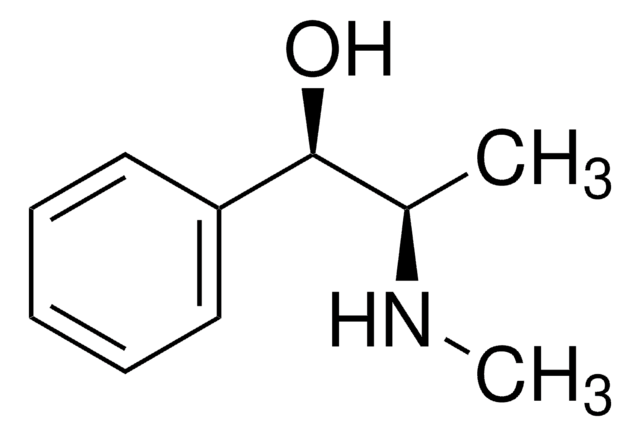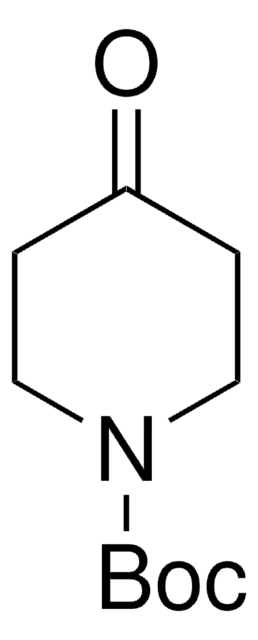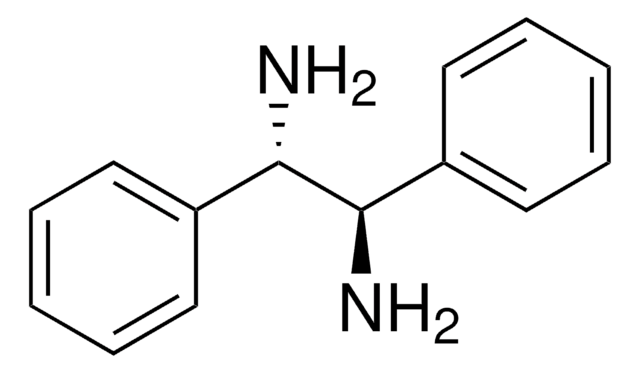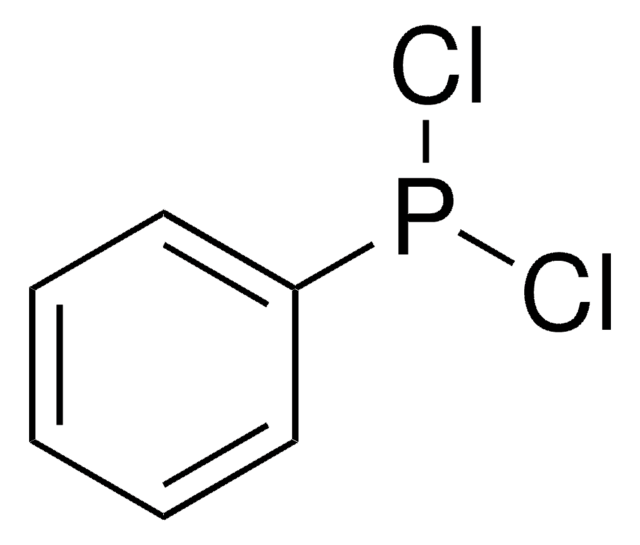265004
(4R,5R)-2,2-Dimethyl-α,α,α′,α′-tetraphenyldioxolane-4,5-dimethanol
97%
Synonym(s):
(−)-2,3-O-Isopropylidene-1,1,4,4-tetraphenyl-L-threitol, (−)-trans-α,α′-(2,2-Dimethyl-1,3-dioxolane-4,5-diyl)bis(diphenylmethanol), (4R,5R)-4,5-Bis(diphenylhydroxymethyl)-2,2-dimethyldioxolane, 1,1,4,4-Tetraphenyl-2,3-O-isopropylidene-L-threitol, TADDOL
About This Item
Recommended Products
Quality Level
Assay
97%
optical activity
[α]19/D −62.6°, c = 1 in chloroform
mp
193-195 °C (lit.)
functional group
ether
hydroxyl
ketal
phenyl
SMILES string
CC1(C)O[C@H]([C@@H](O1)C(O)(c2ccccc2)c3ccccc3)C(O)(c4ccccc4)c5ccccc5
InChI
1S/C31H30O4/c1-29(2)34-27(30(32,23-15-7-3-8-16-23)24-17-9-4-10-18-24)28(35-29)31(33,25-19-11-5-12-20-25)26-21-13-6-14-22-26/h3-22,27-28,32-33H,1-2H3/t27-,28-/m1/s1
InChI key
OWVIRVJQDVCGQX-VSGBNLITSA-N
Application
Catalyst involved in synthesis of cyclopropylamines via addition reactions of Grignard reagents to amides
Reactant or reagent involved in:
- Enantioswitching of catalytic asymmetric hydroboration
- Synthesis of derivative ligands for asymmetric hydroformylation of alkenes
- Amide-directed catalytic asymmetric hydroboration of trisubstituted alkenes
- Addition of deactivated alkyl Grignard reagents to aldehydes
Storage Class Code
11 - Combustible Solids
WGK
WGK 3
Flash Point(F)
Not applicable
Flash Point(C)
Not applicable
Personal Protective Equipment
Choose from one of the most recent versions:
Certificates of Analysis (COA)
Don't see the Right Version?
If you require a particular version, you can look up a specific certificate by the Lot or Batch number.
Already Own This Product?
Find documentation for the products that you have recently purchased in the Document Library.
Customers Also Viewed
Articles
The chiral auxiliaries TADDOLs (α,α,α,α-tetraaryl-1,3-dioxolane-4,5- dimethanols) developed by Seebach's group have found numerous applications in asymmetric synthesis ranging from utilization as stoichiometric chiral reagents or in Lewis acid mediated reactions, to roles in catalytic hydrogenation and stereoregular metathesis polymerization.
Apart from numerous examples using TADDOLs in metal-catalyzed asymmetric reactions, Rawal recently reported that TADDOLs could be used as Brønsted acid organocatalysts in highly stereoselective hetero-Diels–Alder reactions.
Our team of scientists has experience in all areas of research including Life Science, Material Science, Chemical Synthesis, Chromatography, Analytical and many others.
Contact Technical Service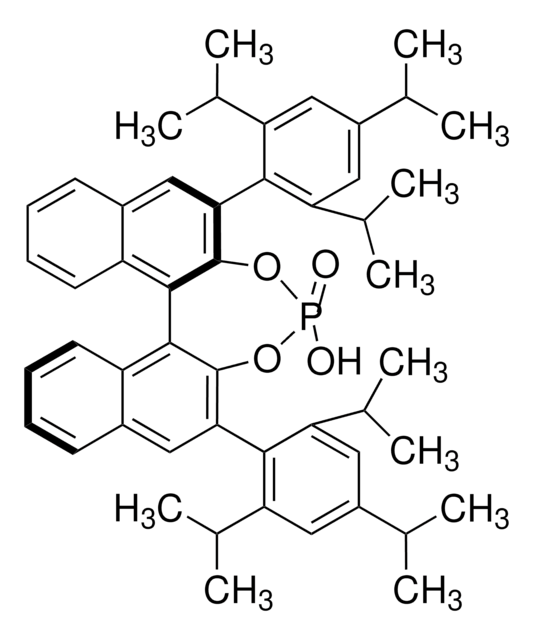
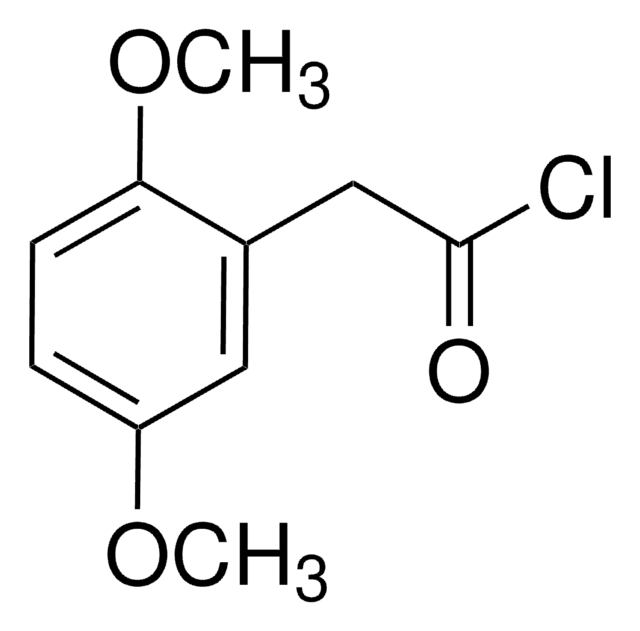
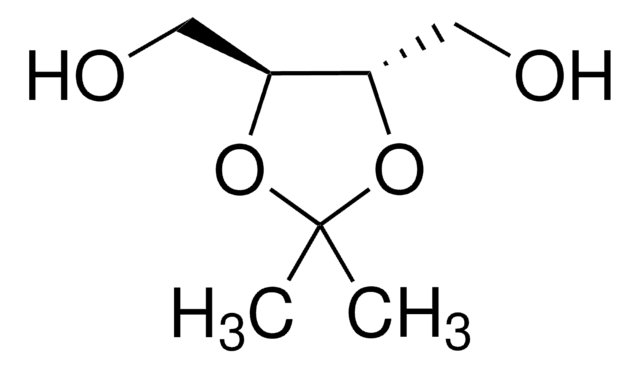
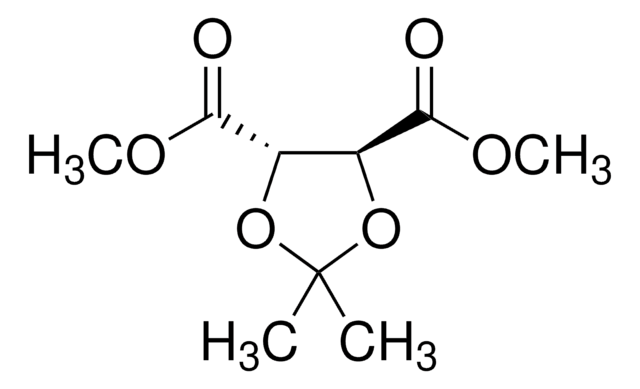

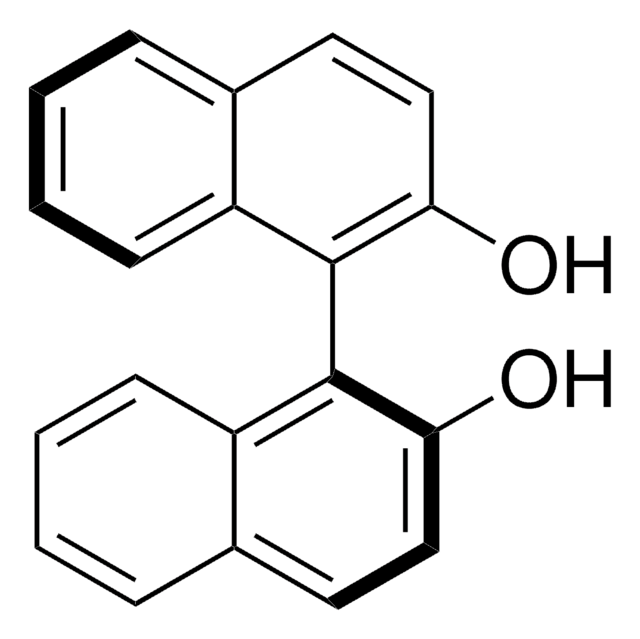
![[Ir(dFCF3ppy)2-(5,5’-dCF3bpy)]PF6 ≥95%](/deepweb/assets/sigmaaldrich/product/structures/422/901/e00f3148-fb86-4f94-9e79-21d064c3f327/640/e00f3148-fb86-4f94-9e79-21d064c3f327.png)

